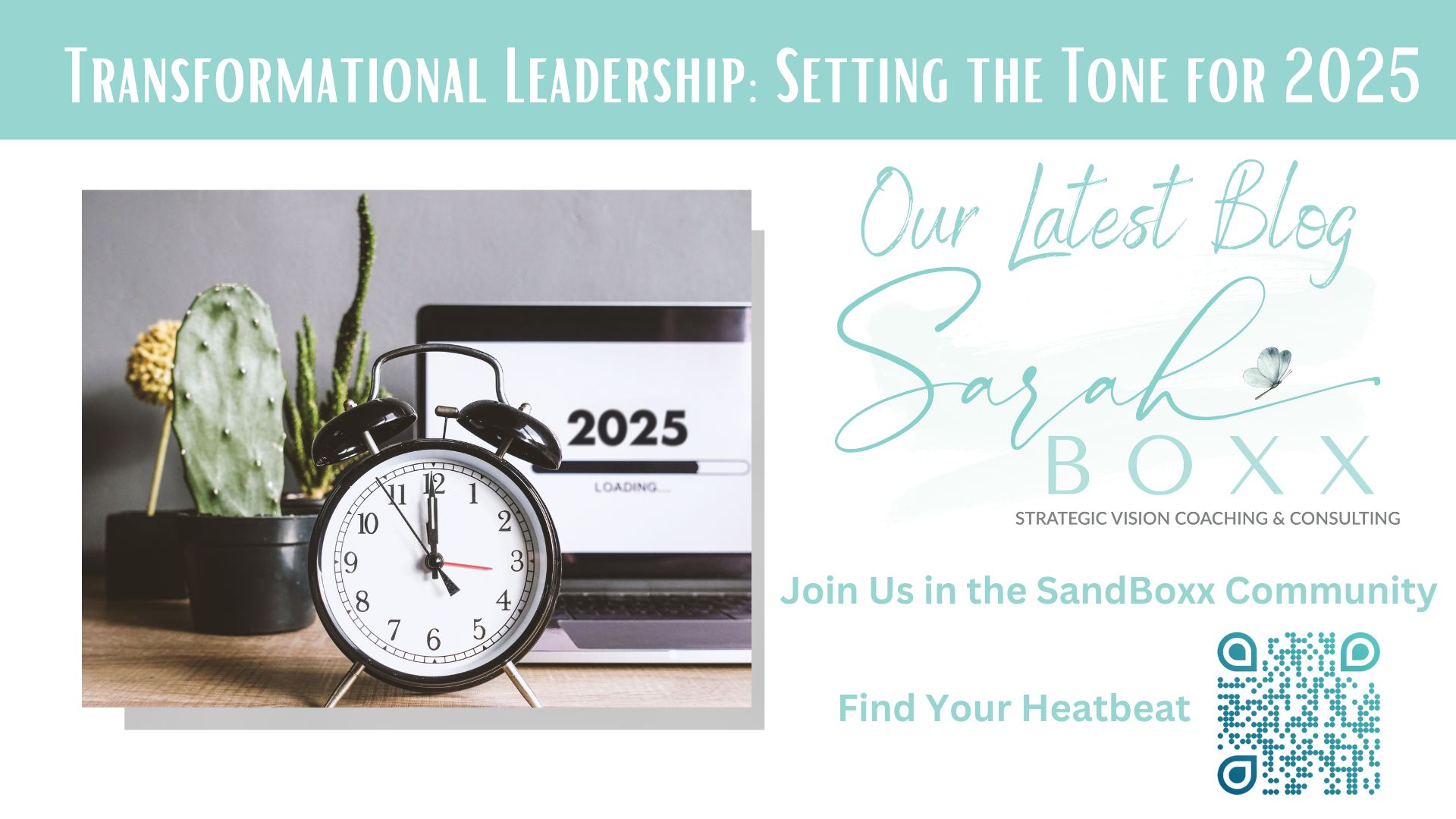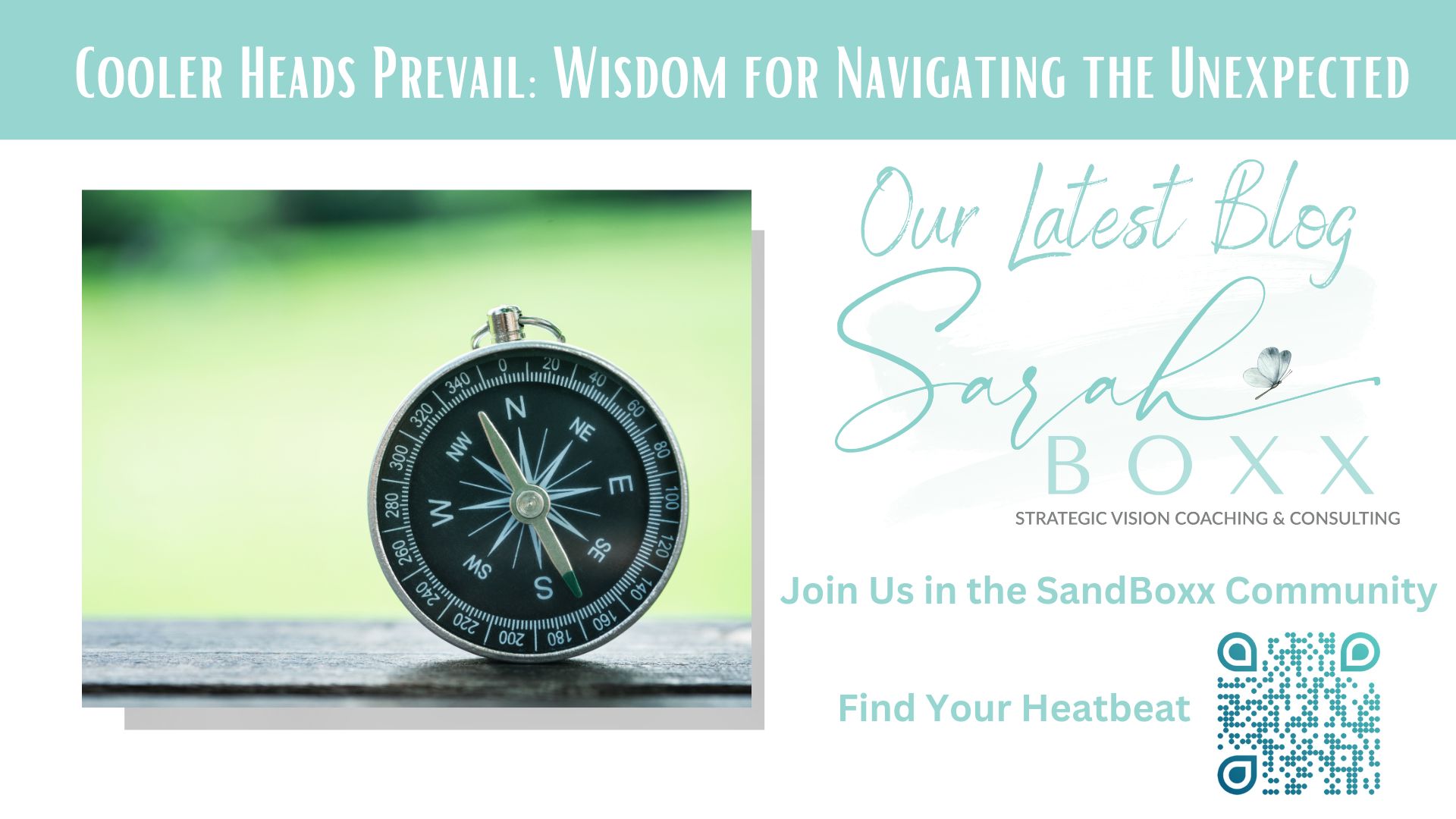Collaboration is a key component of any successful organization. Forward progress is typically built upon the collective strengths, skills, and ideas of a group of people.
Remember the phrase, “two heads are better than one!” There is truth in this sentiment.
Why?
The collective sharing of ideas and insights often spurs new ideas. It also allows for greater problem-solving capabilities. Each person brings a unique lens through which they consider the work of the organization. They each have background experiences and knowledge that can benefit the collective team.
In short, collaboration is a good thing!
Now, I know for some, collaboration can feel like a daunting if not painful process. Perhaps you’ve been scared by previous attempts at group partnership. We must keep in mind that while group work is often helpful (and I would argue, at times, necessary) it isn’t always easy.
The very essence of collaboration means bringing together a wide variety of personalities to collectively share and work in union with one another. When effectively facilitated, time spent working together can be incredibly fruitful. However, without the skill of an experienced leader, it can become a frustrating process.
As a group facilitator, it is your role and responsibility to ensure every individual voice is heard and respected.
This may sound obvious, but the reality is, some voices are simply louder than others. (You know the ones.)
Certain personalities lend themselves to readily and willingly sharing their thoughts and opinions. These tend to be the first people to volunteer or answer a question. These individuals are often external processors by nature. Although their contributions are helpful and welcomed, without proper facilitation, they can easily overshadow the quieter members of the group.
On the flip side, other personalities tend to be quieter and more reserved. You must be careful not to mistake their quietness as a lack of interest or ideas. On the contrary, they likely have plenty to offer and are simply waiting for a comfortable moment to jump in.
Practical Tips:
- Establish group norms
Before you begin meeting as a team, it’s important to establish expectations for the group sharing experience. These standards will govern the time you spend together meeting. Get agreements on the norms and ensure everyone is on board at the start.
Examples:
– All members are expected to participate.
– All members will listen attentively and respectfully to the ideas of others.
– We seek first to understand and clarify the opinions of others before jumping to conclusions or making assumptions
- Provide your meeting agenda ahead of time:
Although this is helpful for anyone involved, it can be especially useful for the internal processors of a group. Having access to the agenda prior to the meeting allows each individual to prepare for the discussion ahead of time and come ready to share and collaborate.
- Assign roles:
Give each person the opportunity to take ownership over a piece of the collaborative process by assigning roles. These roles should align to the specific role and skillset each individual possesses, allowing them to truly utilize their gifts to the fullest extent.
- Utilize alternative sharing methods:
There is more than one way to solicit group feedback. Instead of merely asking a question and waiting for individuals to volunteer a response, try offering alternative methods of sharing.
Examples:
– Share with a partner
– Write responses down and share out loud
– Record an answer in the video chatbox
– Use Zoom breakout meeting rooms for small group work
– Use online tools such as Mural to capture ideas on an interactive whiteboard
Learning to lead a group in which each member feels supported and comfortable to share takes time and practice. I offer these tips as a way to get you started in leading truly effective and inclusive group meetings.
What is your favorite tip or strategy for including all voices? Share your tips in the comments below.
Article was contributed by: Maria Lees, Team Writer with Sarah Boxx




